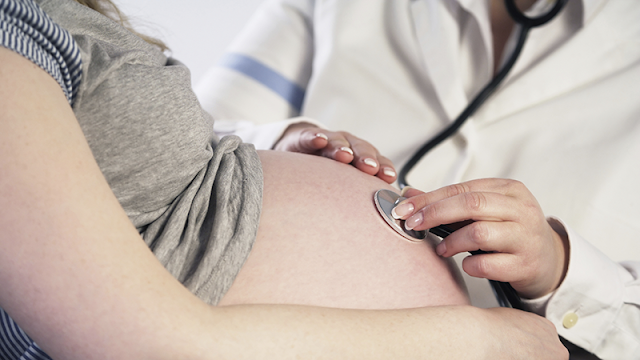unprotected sex. Around 1 in 7 couples may have difficulty conceiving.
Injectable fertility drugs can sometimes result in multiple births, for example, twins or triplets. The chance of a multiple birth is lower with an oral fertility drug.
Careful monitoring during treatment and pregnancy can help reduce the risk of complications. The more fetuses there are, the higher the risk of premature labor.
If a woman needs an HCG injection to activate ovulation and ultrasound scans show that too many follicles have developed, it is possible to withhold the HCG injection. Couples may decide to go ahead regardless if the desire to become pregnant is very strong.
If too many embryos develop, one or more can be removed. Couples will have to consider the ethical and emotional aspects of this procedure.
Increased use of in vitro fertilization techniques has made situations increasingly common. Given the high cost and failure rate of fertility treatments, some couples try to increase their chances of getting pregnant by using multiple embryos and end up facing an unexpected challenge of twins, triplets, or higher multiples — a challenge some feel they cannot handle, emotionally or financially. In cases of high multiple pregnancies, doctors will often recommend selective reduction for purely medical reasons. Early in the pregnancy, one or more of the fetuses are aborted from within the womb to increase the likelihood that the remaining babies (and the mother) will survive and thrive. There are numerous health concerns to both mother and infants associated with carrying multiples. Thus for decades obstetricians have offered the option of reducing down to twins, which tend to have safer outcomes. This procedure can only be done with fraternal twins, as identical twins share a placenta and cannot easily be separated.


Add Your Comment